In this week's edition
- ✍️ Letter from P'Fella
What’s the best AI scribe? depends who you ask. - 🤓 The Sunday Quiz
How well do you know Gustilo-Anderson open fractures? - 📈 New Feature
An upgraded PlasticsPro is coming! - 🖼️ Image of the Week
Gastroc flap anatomy & planning. - 🚑 Technique Tip
Marking the ALT flap. - 📘 Foundations Textbook
First samples checking! - 🎓 JPRAS Journal Club
Oral feeding following fead and neck mucosal free flap recon. - 🎈 Upcoming Events
Recap: You Are On Call Now! - 📖 What Does the Evidence Say?
Flap selection. - 🔥 Articles of the Week
Original Ponten & Gustilo-Anderson publications + propeller & keystone flaps: With 1-sentence summaries. - 💕 Feedback
Suggest ideas & give feedback!
A Letter from P'Fella
What’s the Best AI Scribe? Depends Who You Ask
What Even Is an AI Scribe?
It’s a tool that listens to your consults and writes your notes. No typing. No templates. Just record, review, sign.
Sounds ideal. But the reality? Most don’t work well outside big U.S. health systems. And even when they do, they often still need heavy editing or don't integrate into your actual workflow.
The Big Names
- DAX Copilot: Microsoft-backed, widely adopted, but clunky.
- Abridge: Smart, sleek, and climbing fast.
- Nabla/DeepScribe/Suki: Still finding their lane.
But let’s be real — plastic surgeons don’t need 1,000-word primary care notes. We need diagrams, short and sharp summaries, MDT actions, and pre-op plans. That’s not what these tools were built for. Yet.
So, What Actually Works?
It depends on where you work and what you do. In the U.S., DAX might be the default. Elsewhere? Most of us are still waiting for a tool that actually helps — not just hypes.
Let’s figure out what’s real and what’s just raising money.
With love,
P’Fella ❤️
The Sunday Quiz
How Well Do You Know Gustilo Anderson Open Fractures?
Join The Weekly Quiz in each edition of thePlasticsPaper. This is the first round of seven rounds!
The top scorer wins one of the first 150 copies of Foundations at a discount once it's released!
New Feature for PlasticsPro
An Upgraded PlasticsPro Is Coming
It’s designed to be even more useful: whether you're reviewing core content, clarifying niche exam questions, or looking up on-call guidance.
This update will help you move faster, think sharper, and feel more confident wherever you are in your training.
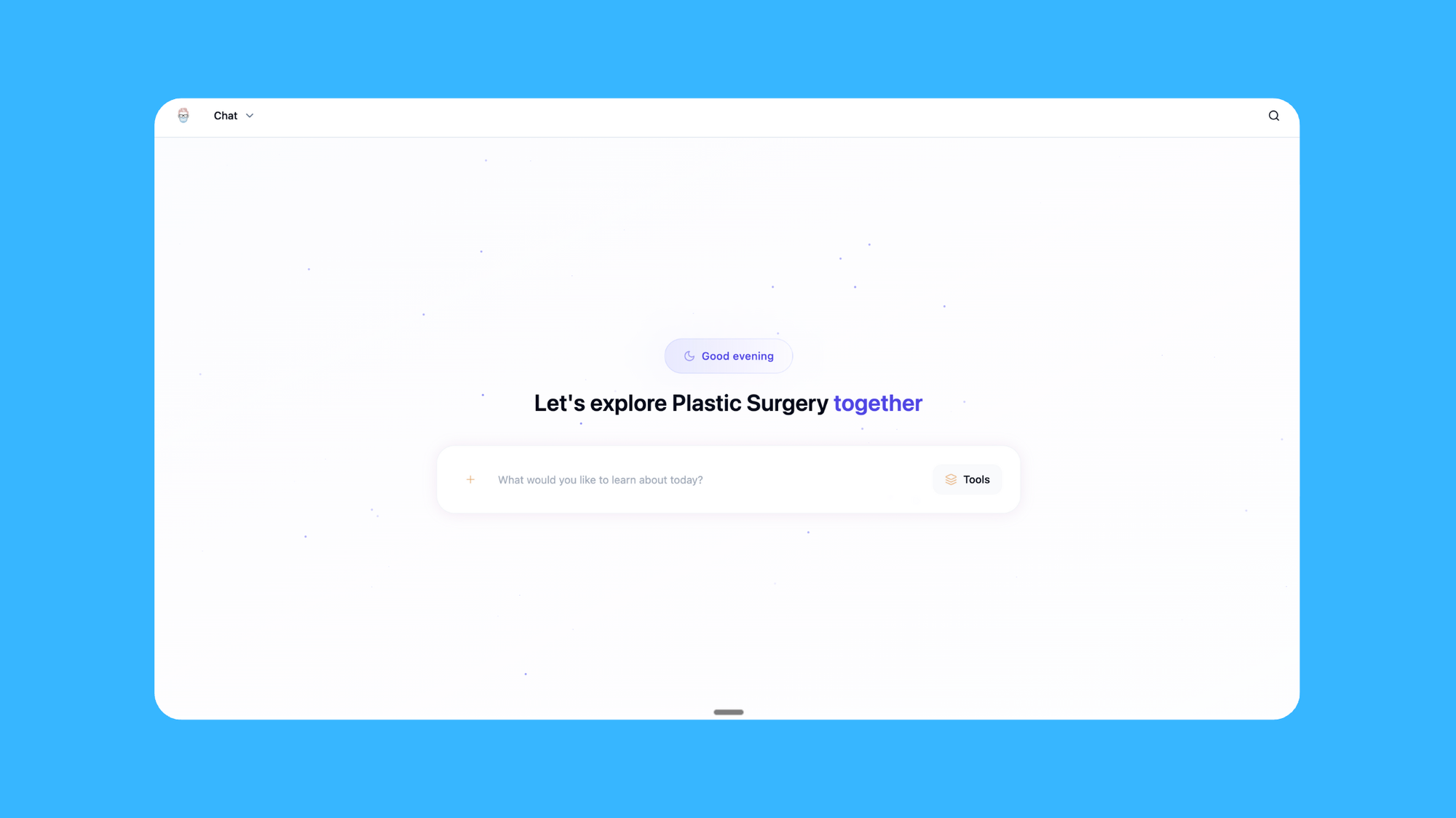
Image of the Week
Gastroc Flap Anatomy & Planning
This week’s images highlight the medial gastrocnemius flap — a workhorse option in lower limb reconstruction.
The series below demonstrates:
- Vascular anatomy of the gastrocnemius (Type I muscle flap).
- Axial cross-section, marking key muscular compartments for orientation.
- Clinical planning: flap outline, midline, and pivot point shown on the limb to guide surgical marking.
These visuals are ideal for understanding safe dissection zones and orientation for flap design.
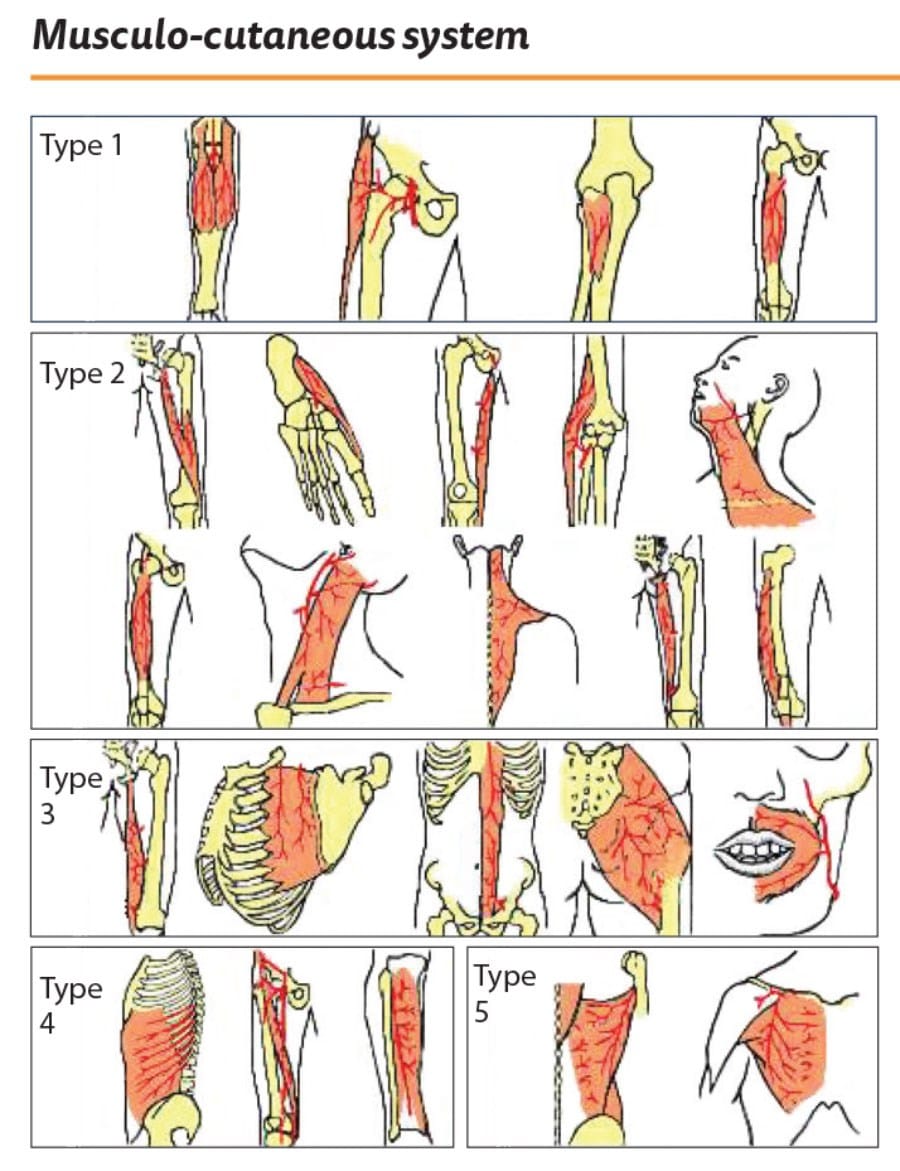
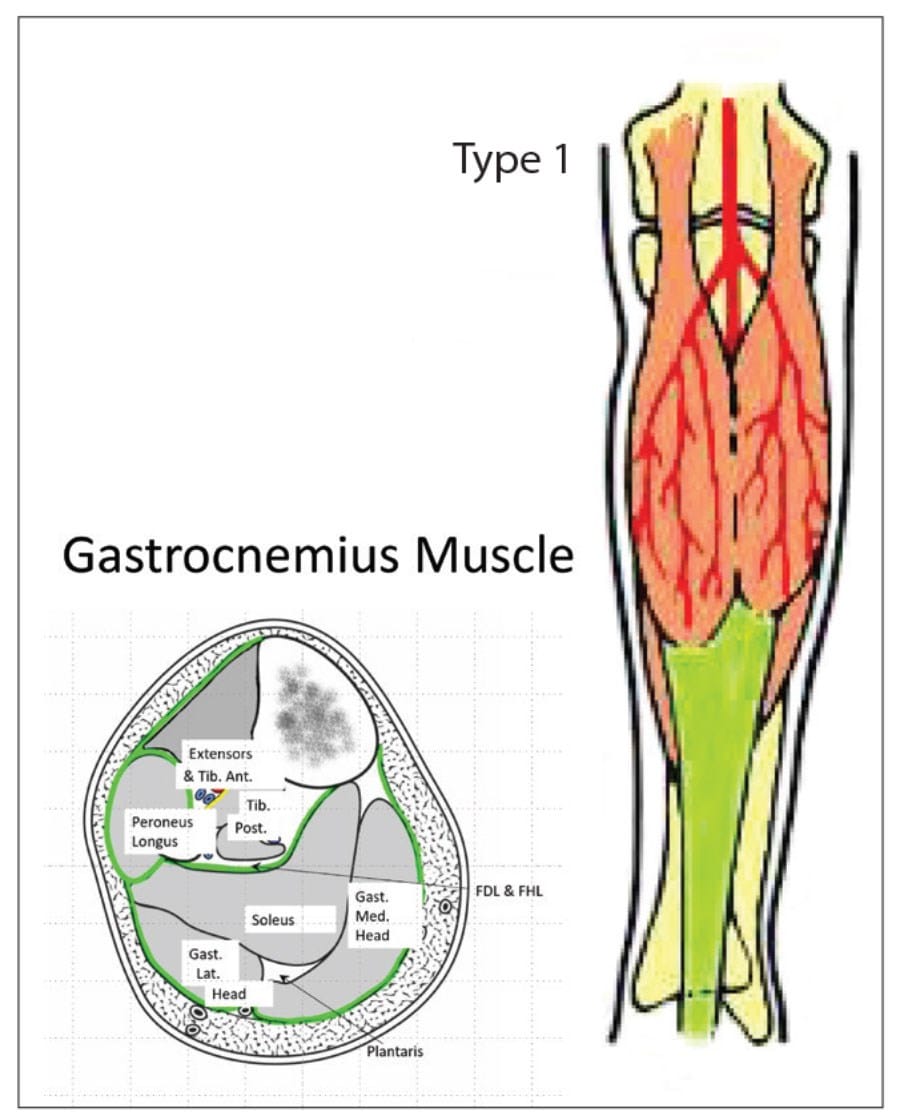
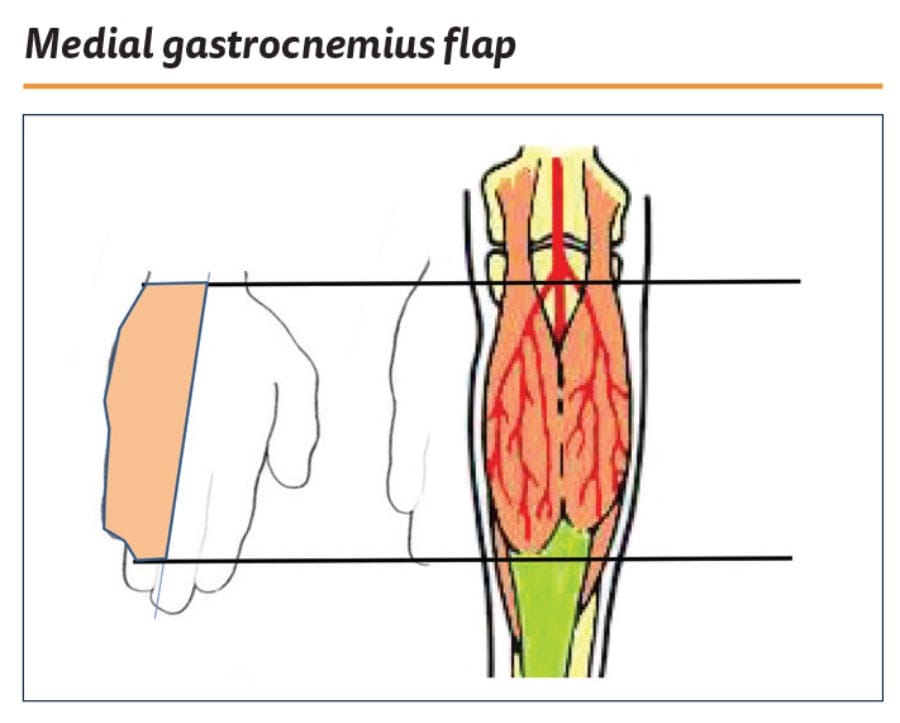
Gastroc Flap
Technique Tip
Marking the ALT Flap
This week’s tip covers how to mark the Anterolateral Thigh (ALT) flap, using key landmarks and planning perforators.
Visual breakdown below👇
Foundations Textbook
First Samples Checking!
The final touches are being made, and we’re on track for a general sales release this September — it's almost here!
Foundations Sample Checking
JPRAS Journal Club
Oral Feeding Following Head and Neck Mucosal Free Flap Recon
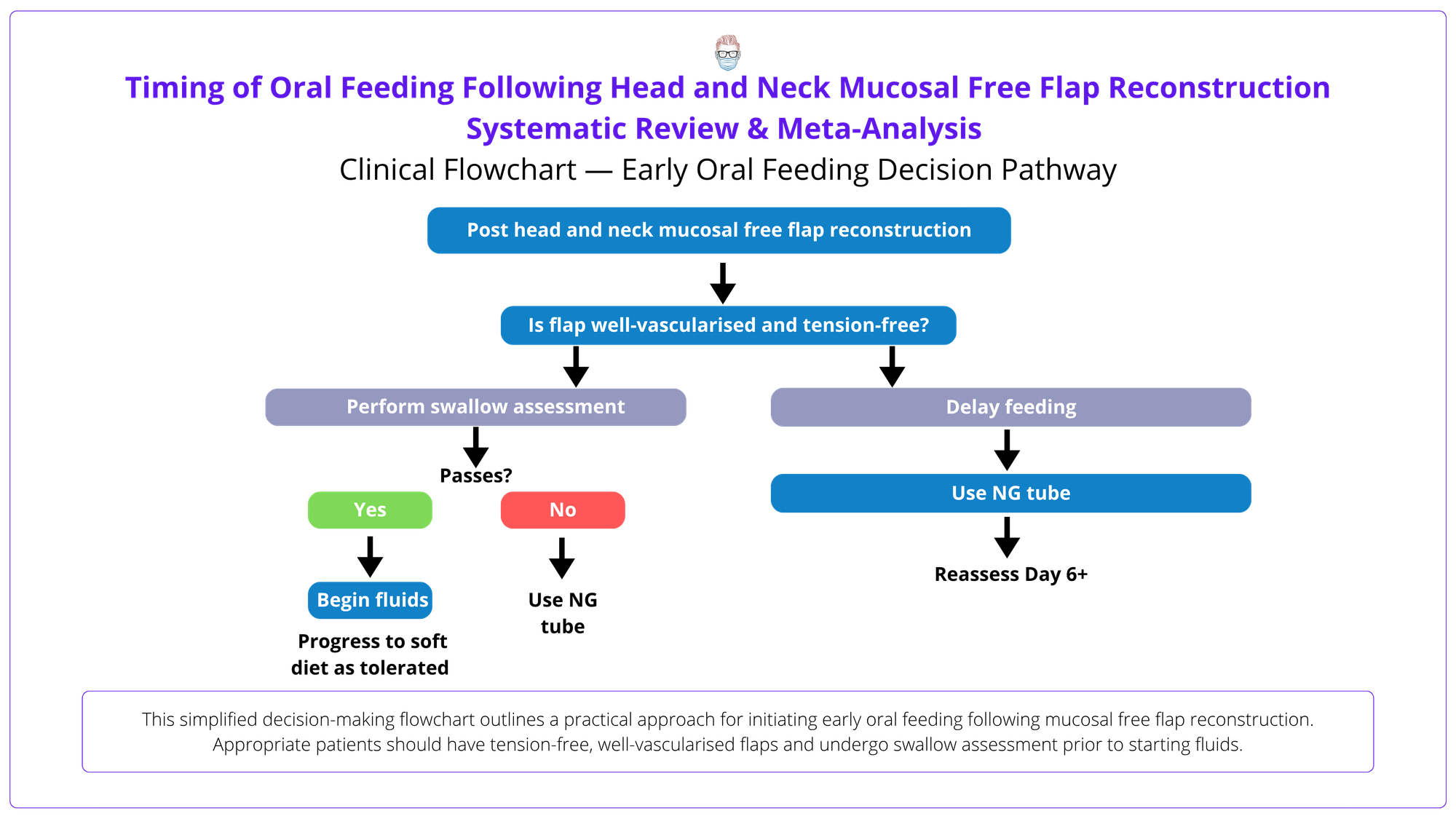
This journal club highlights a systematic review (13 studies, 1,657 patients) exploring when to start oral feeding after mucosal free flap reconstruction. The findings challenge the traditional “nil-by-mouth” dogma: patients fed within 5 days had fewer fistulas, lower pneumonia rates, and shorter hospital stays — all without compromising flap safety.
Upcoming Events
Recap: You Are On Call Now!
Our first-ever global webinar, "You Are On Call Now", brought together plastic surgeons and future plastic surgeons from all around the world and every level of training.
We covered everything from acute hand injuries and aesthetic complications to research tips and sub-I survival guides.
If you missed it, keep an eye out for our future events!



Recap: You Are On Call Now
What Does the Evidence Say?
Flap Selection
Articles of the Week
3 Interesting Articles with One-Sentence Summaries
Fasciocutaneous flaps offer a simple, well-vascularised coverage for soft tissue defects of the lower leg, with most cases healing fully and avoiding the complexity of muscle or free flap transfer.
Modern local perforator flaps like propeller and keystone designs offer reliable, single-stage coverage with minimal donor-site morbidity, making them preferred options over traditional muscle flaps for many lower limb defects.
By implementing early debridement, tailored antibiotic use, and wound-specific closure protocols, Gustilo and Anderson reduced infection rates in Type III open fractures from 44% to just 9%.


